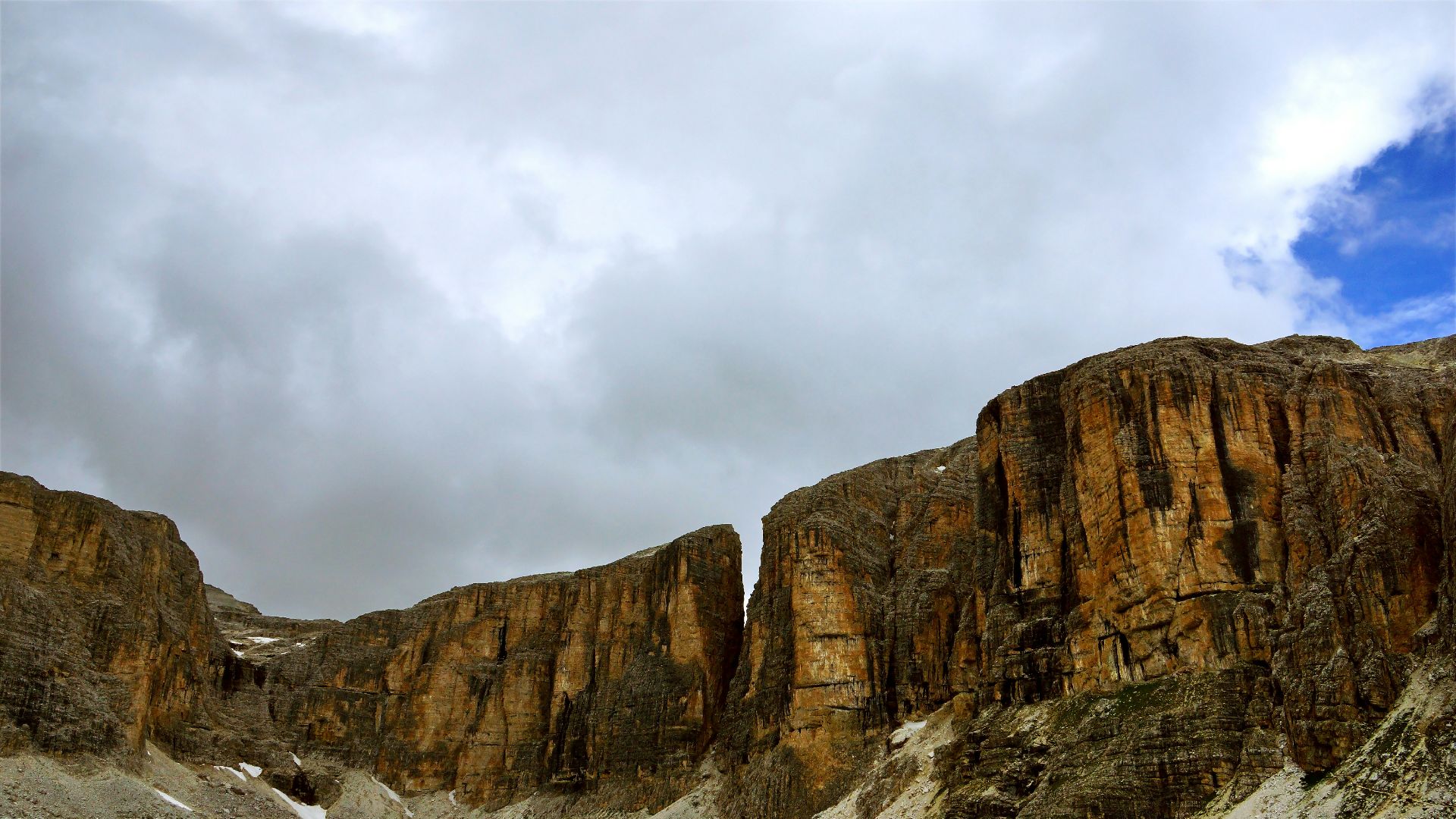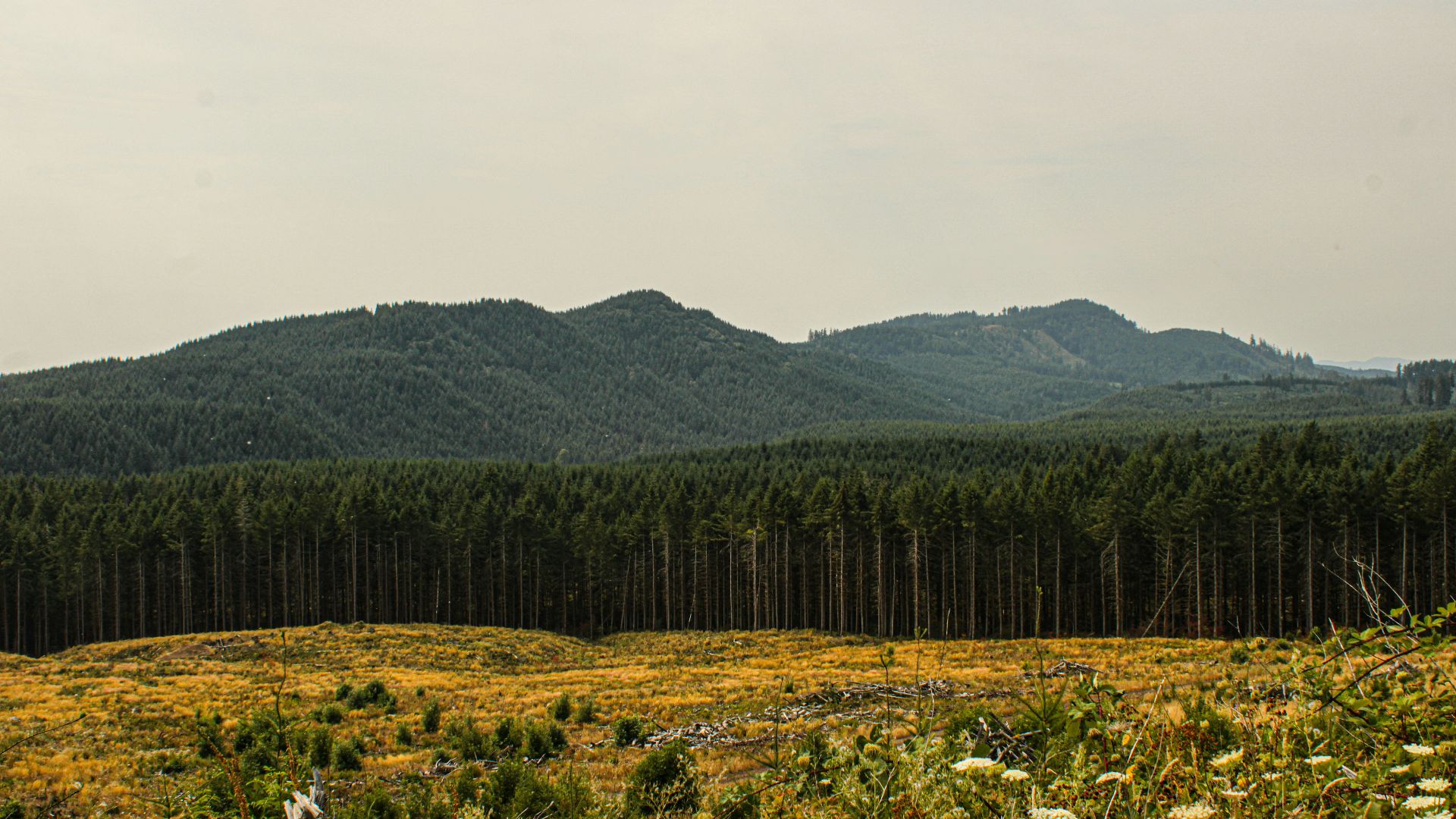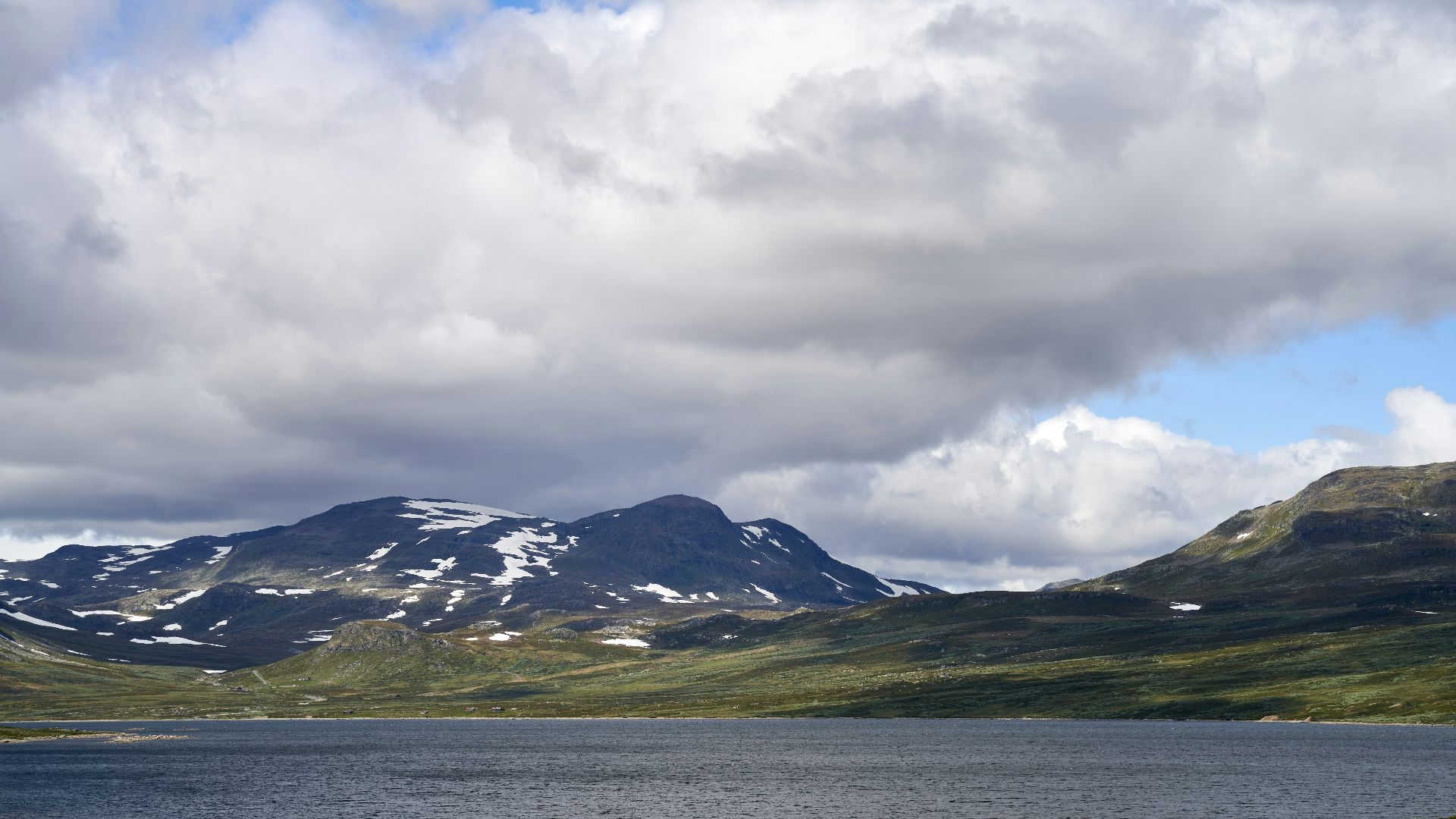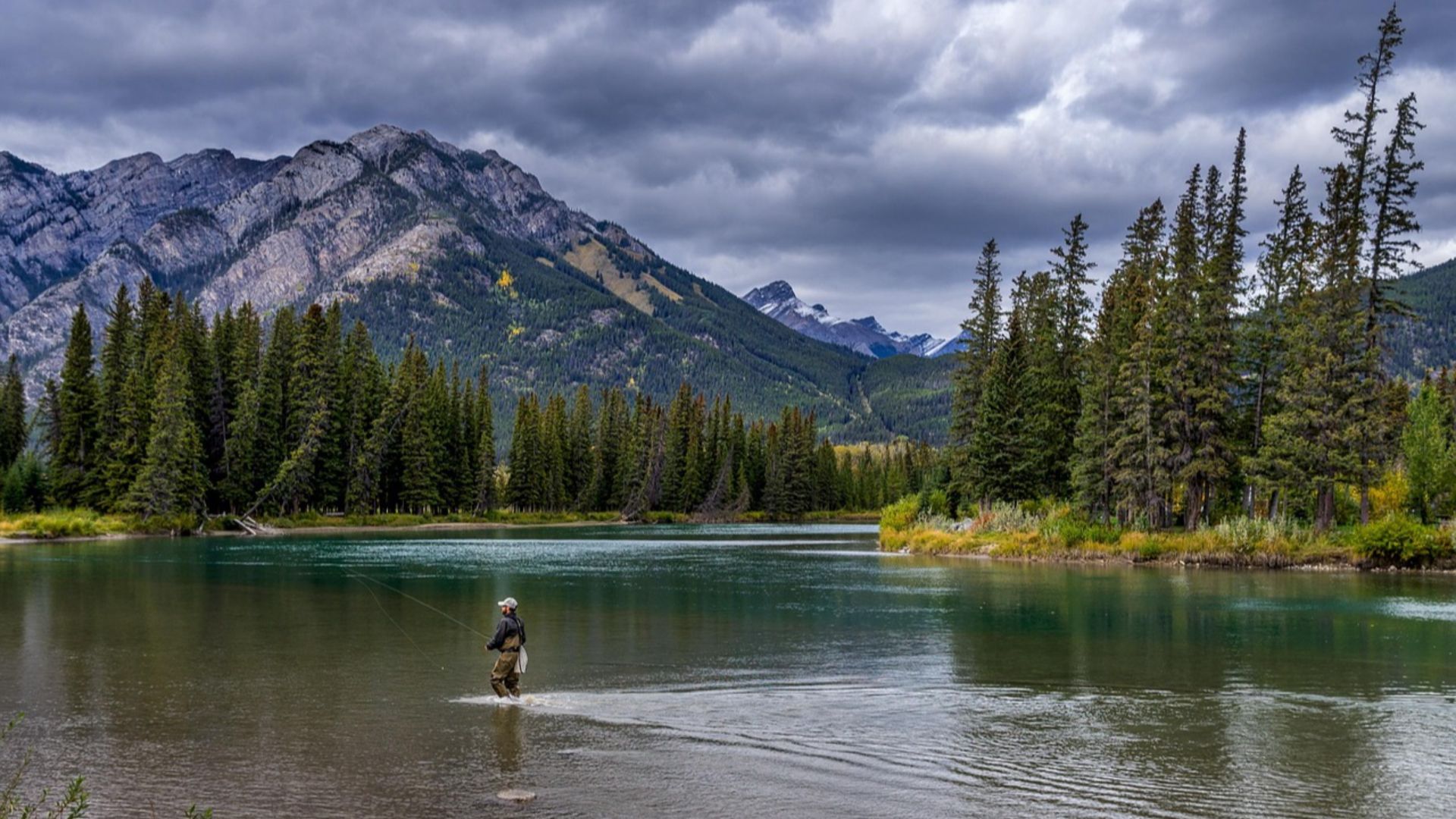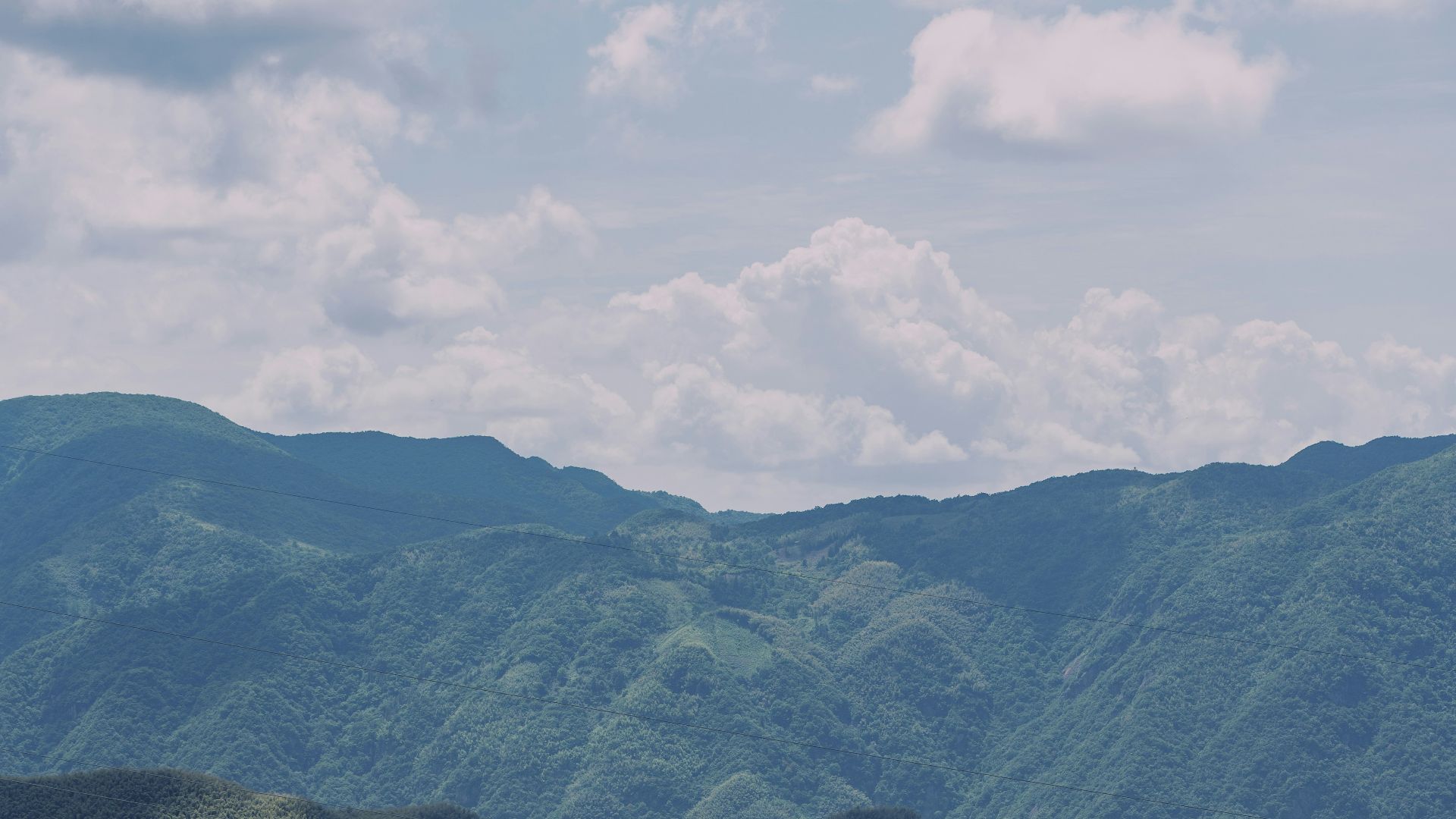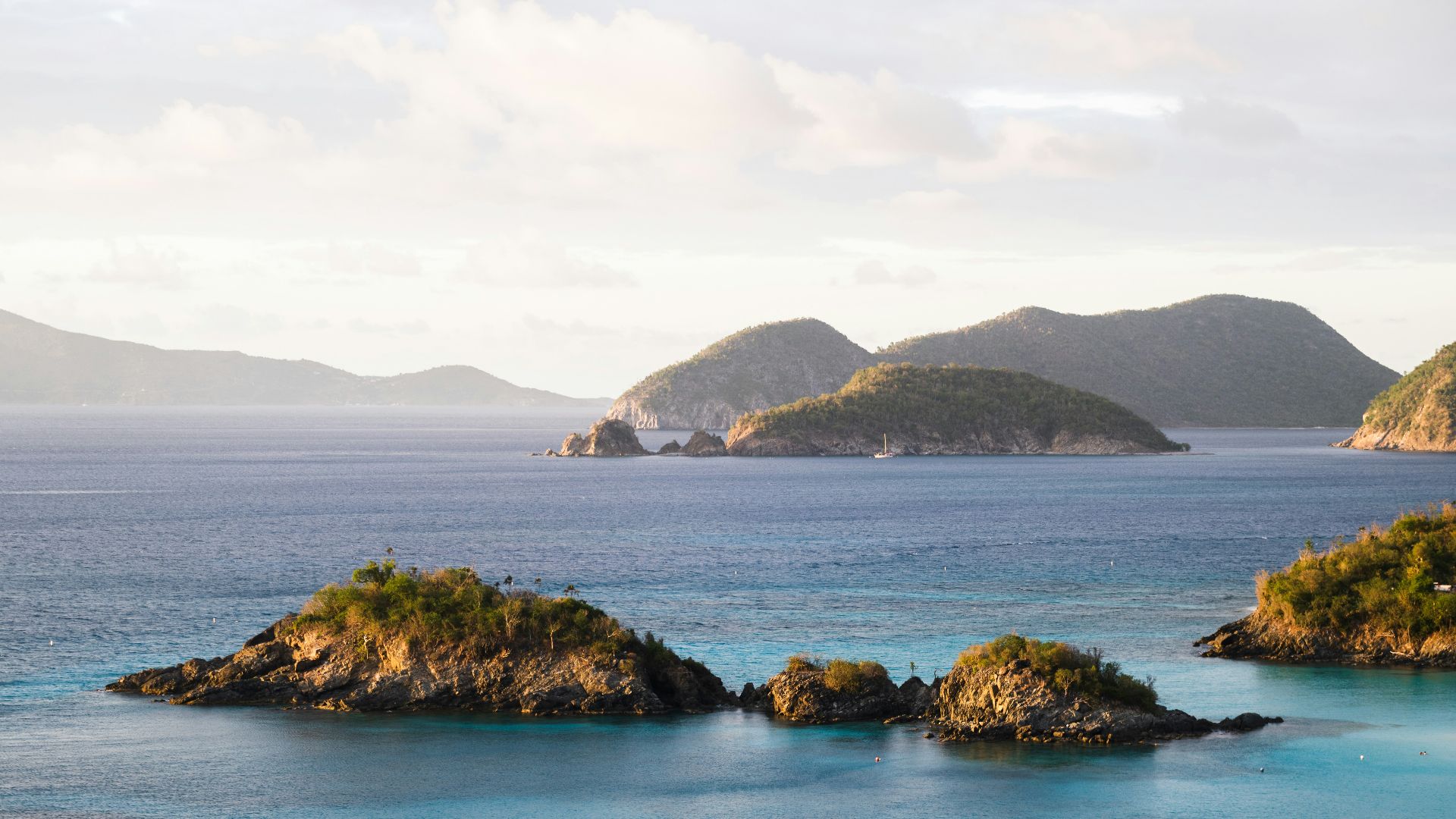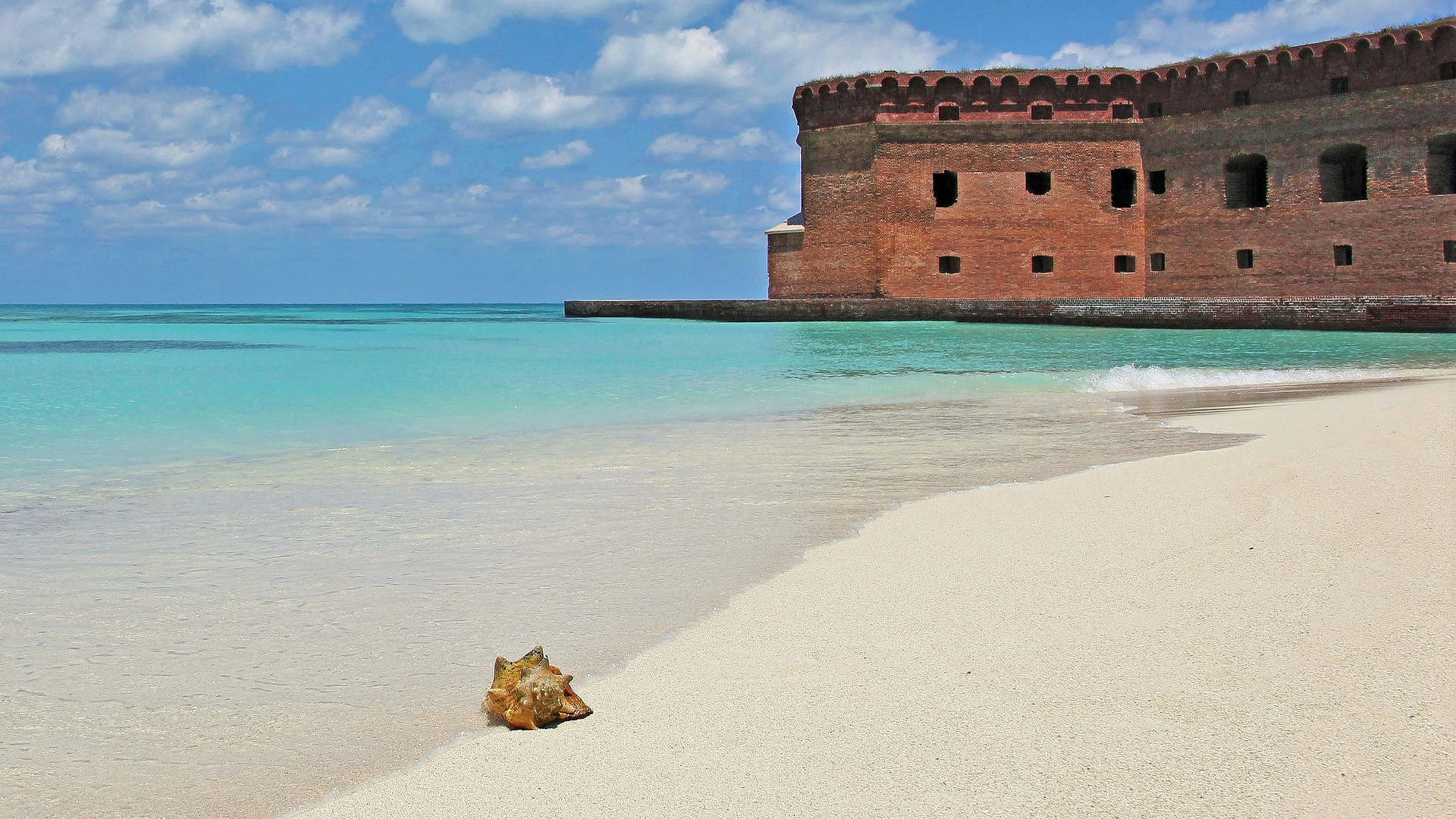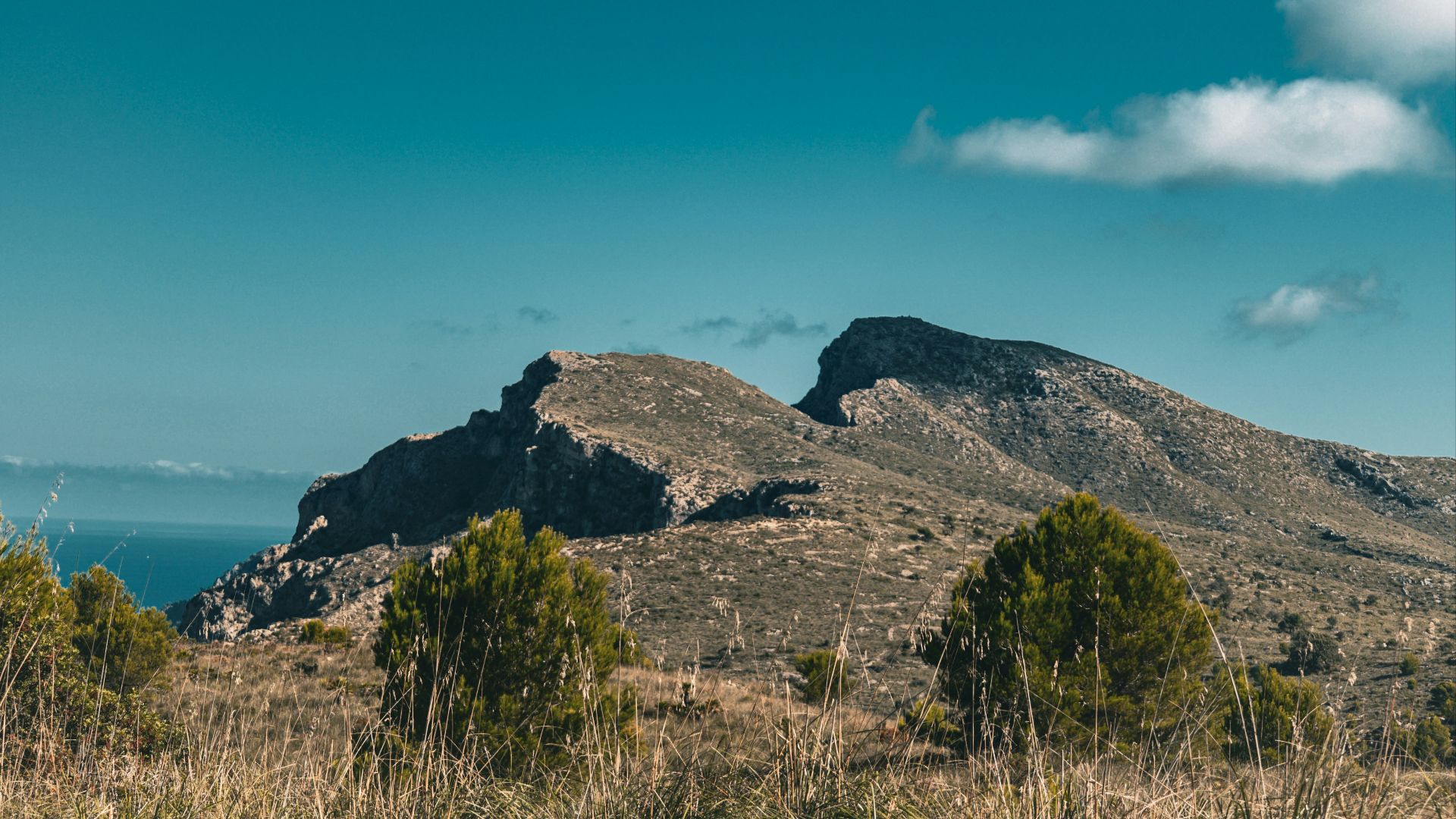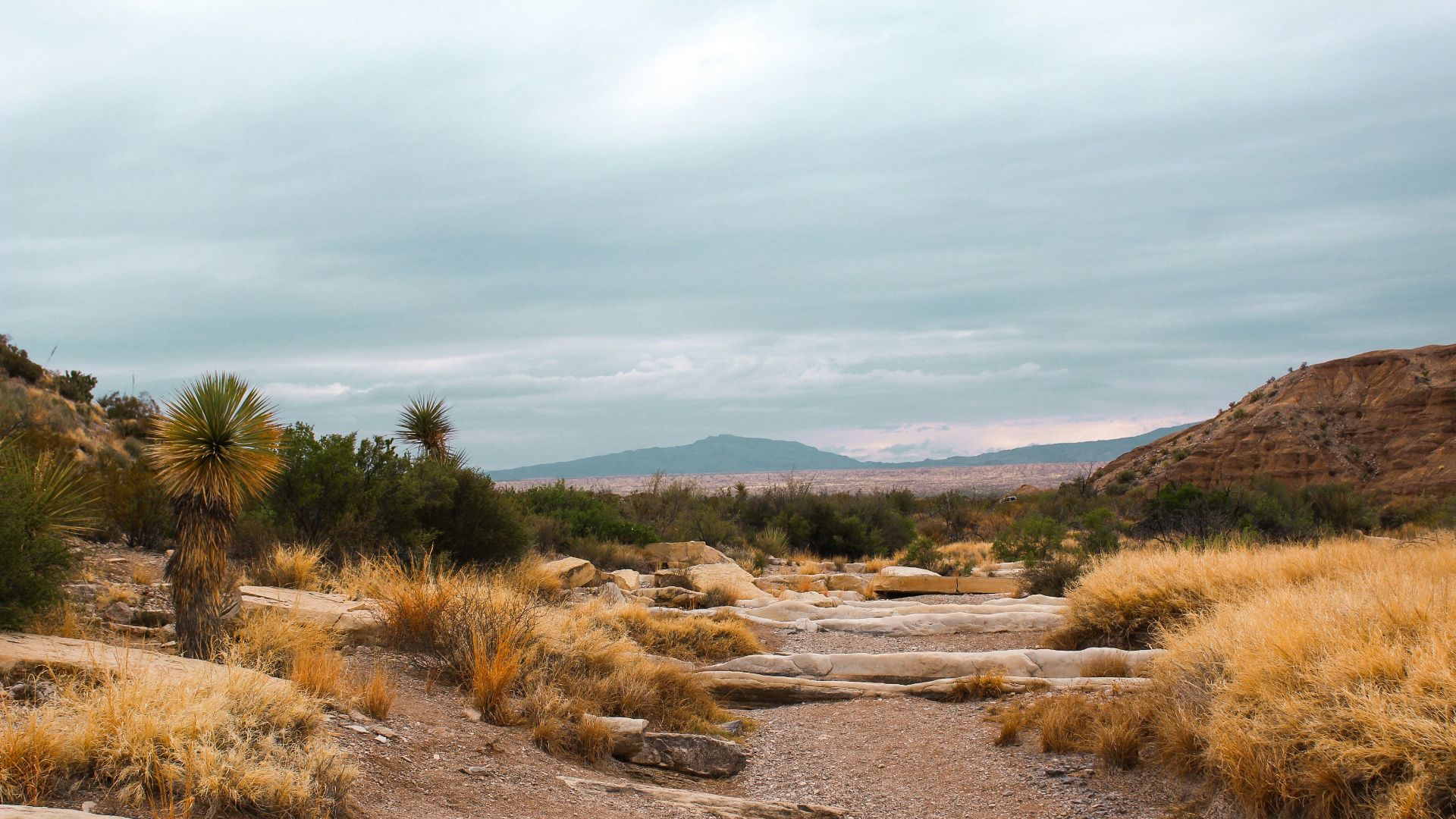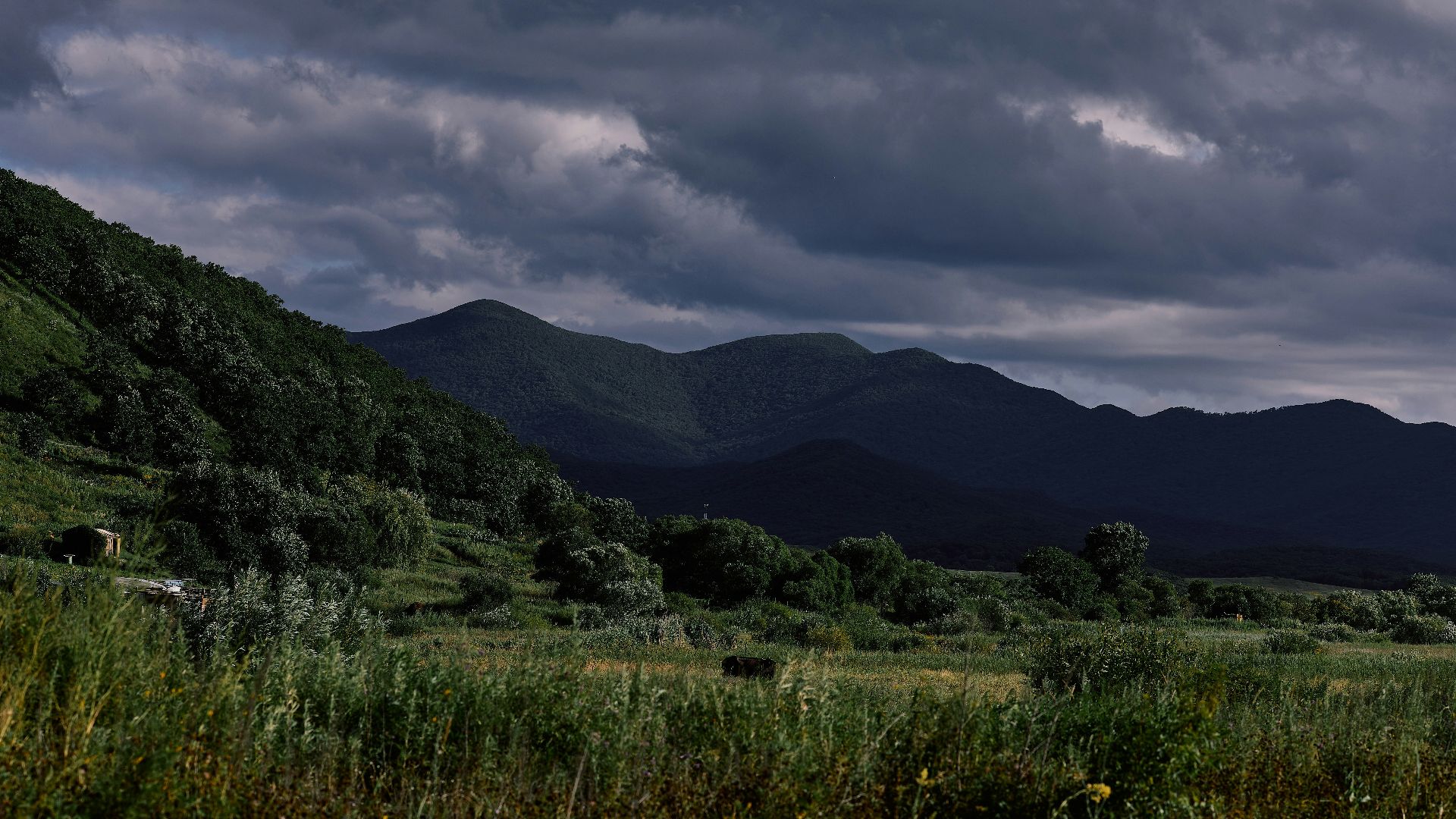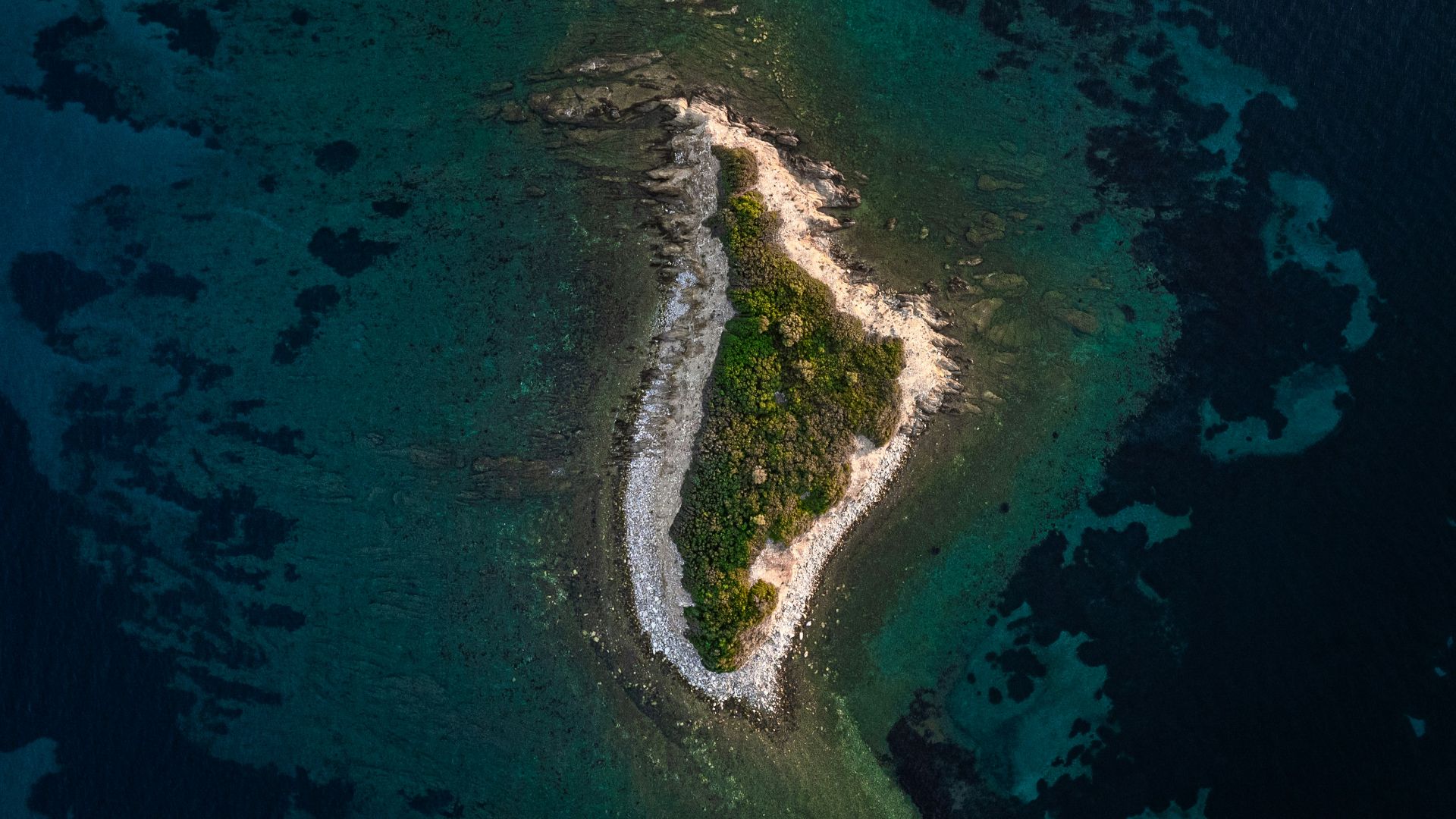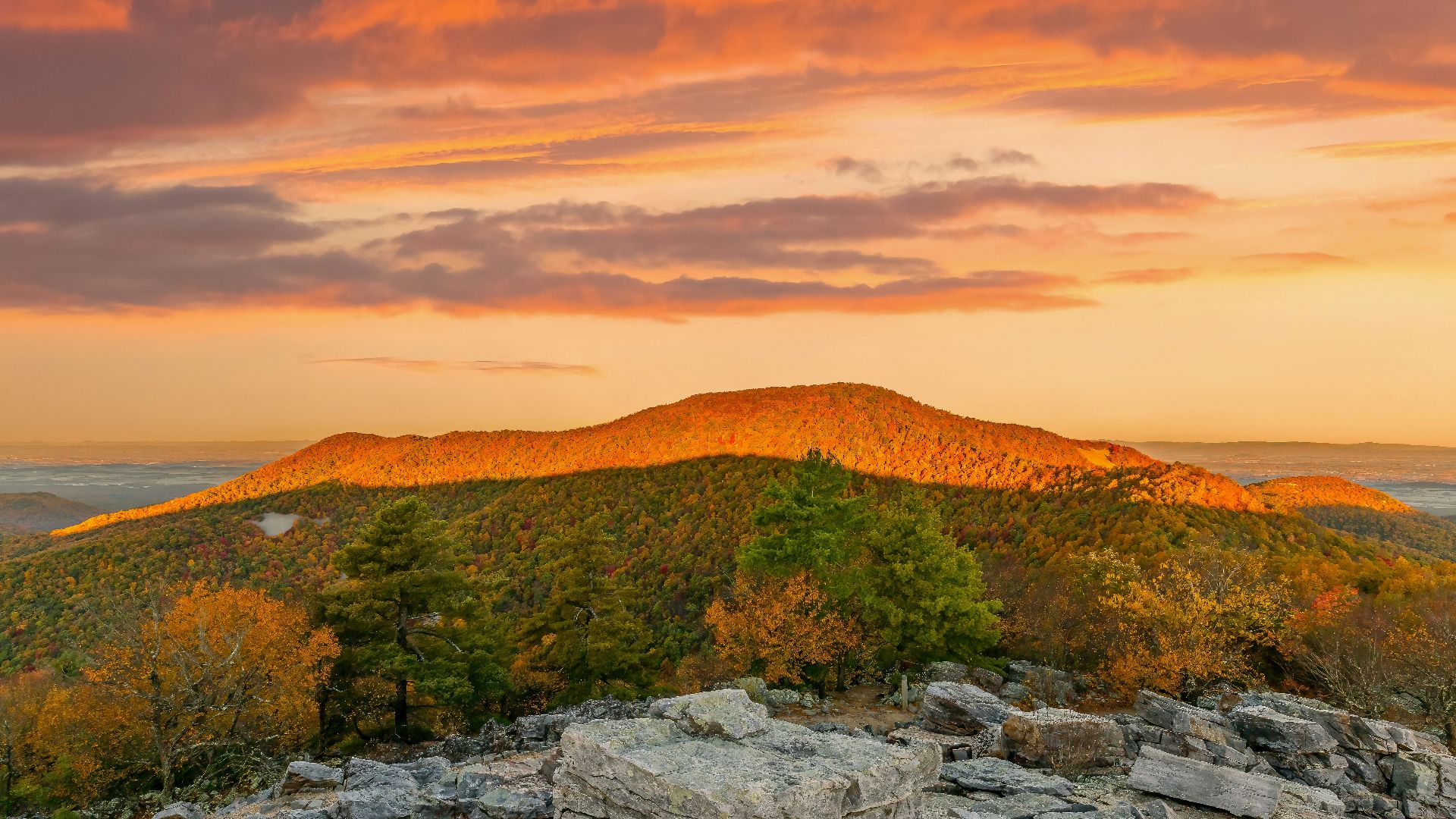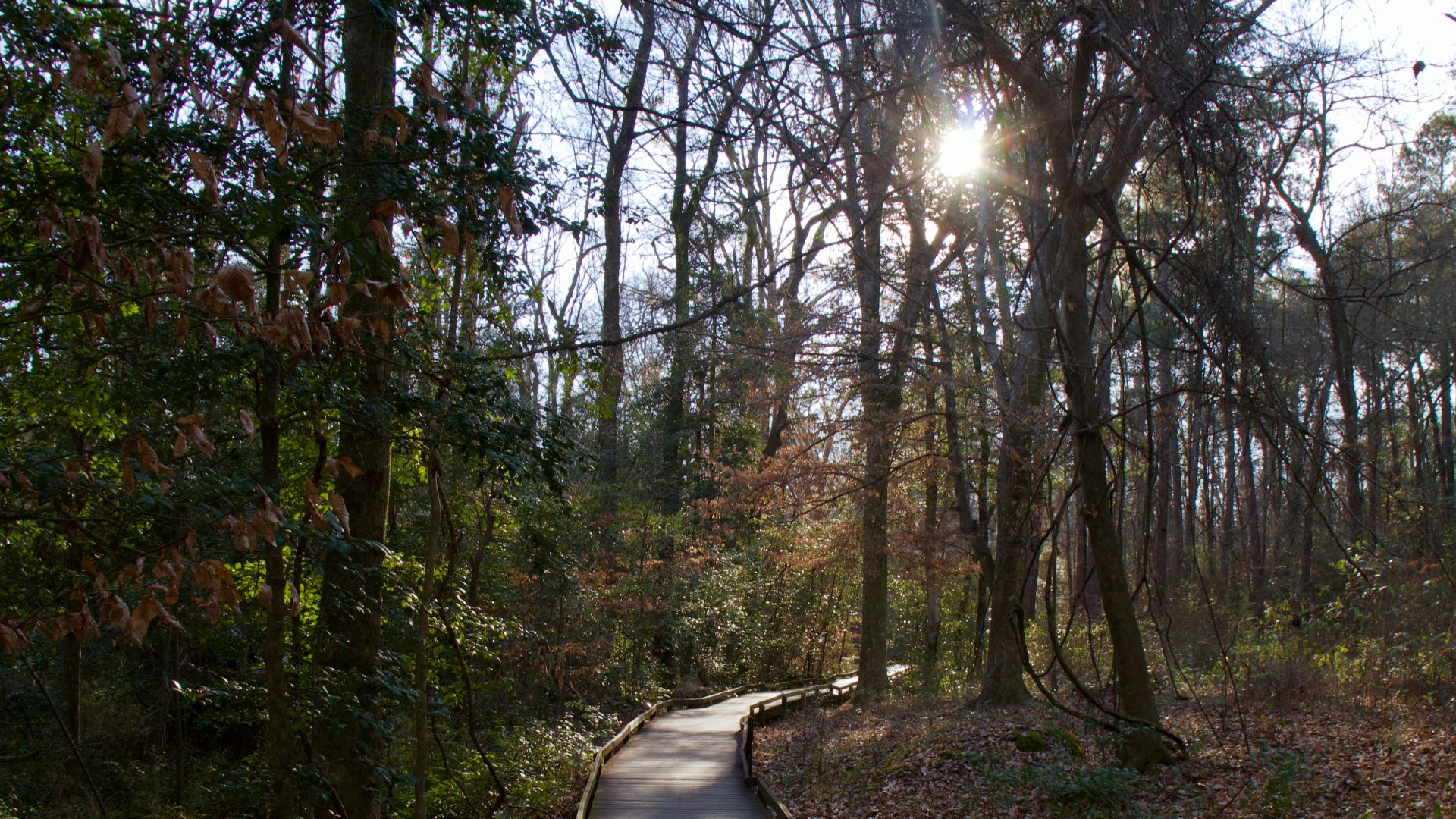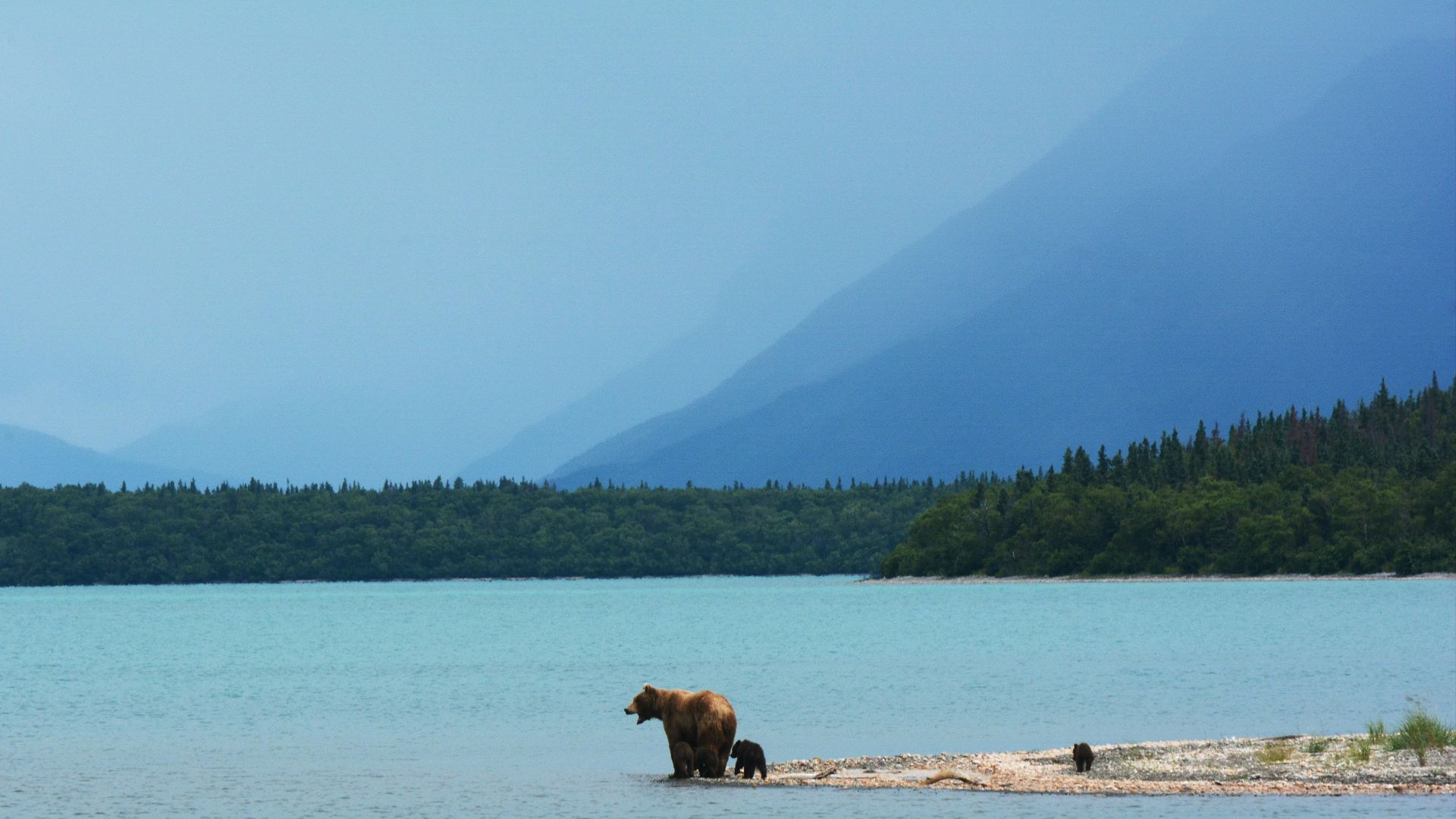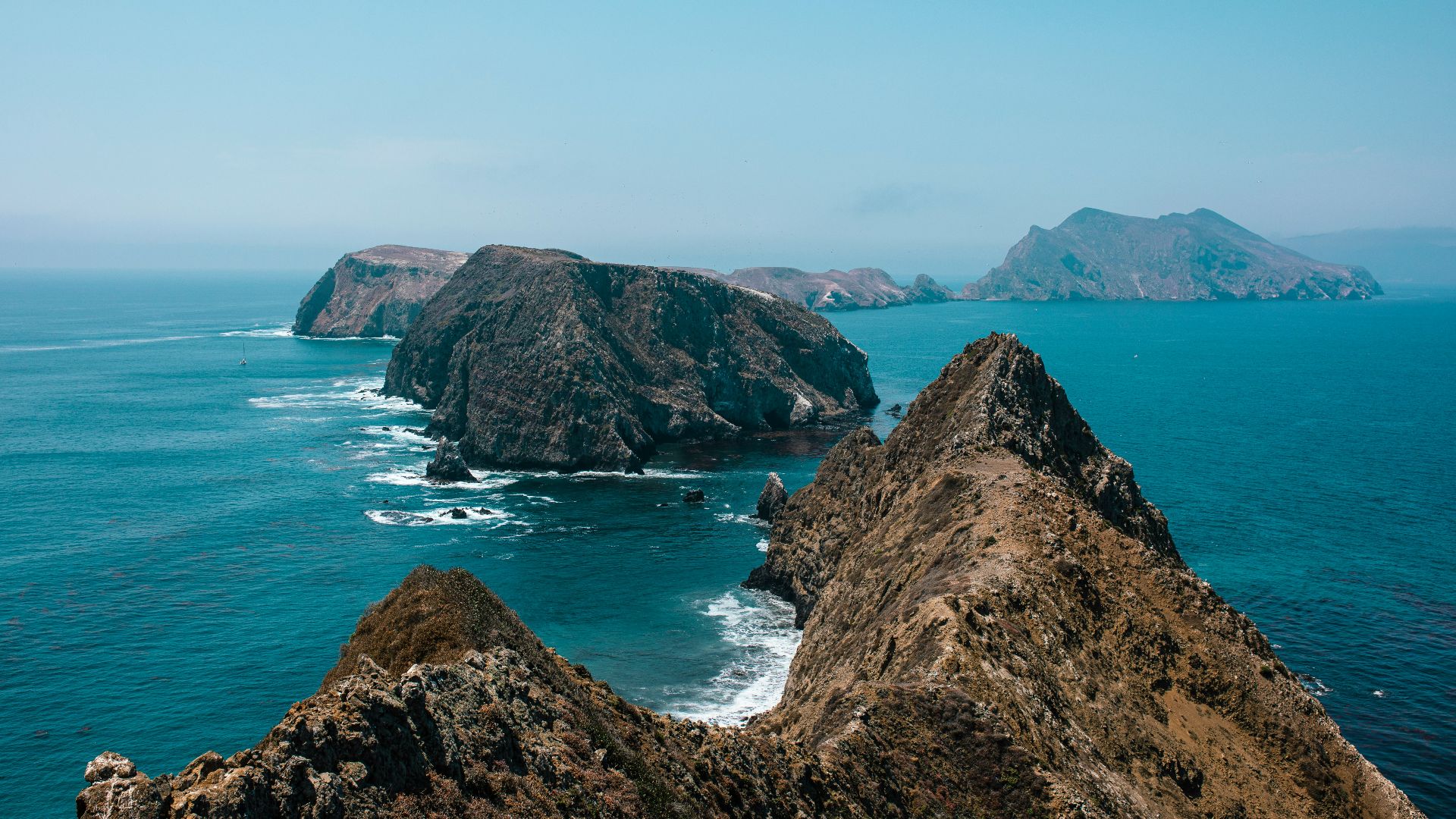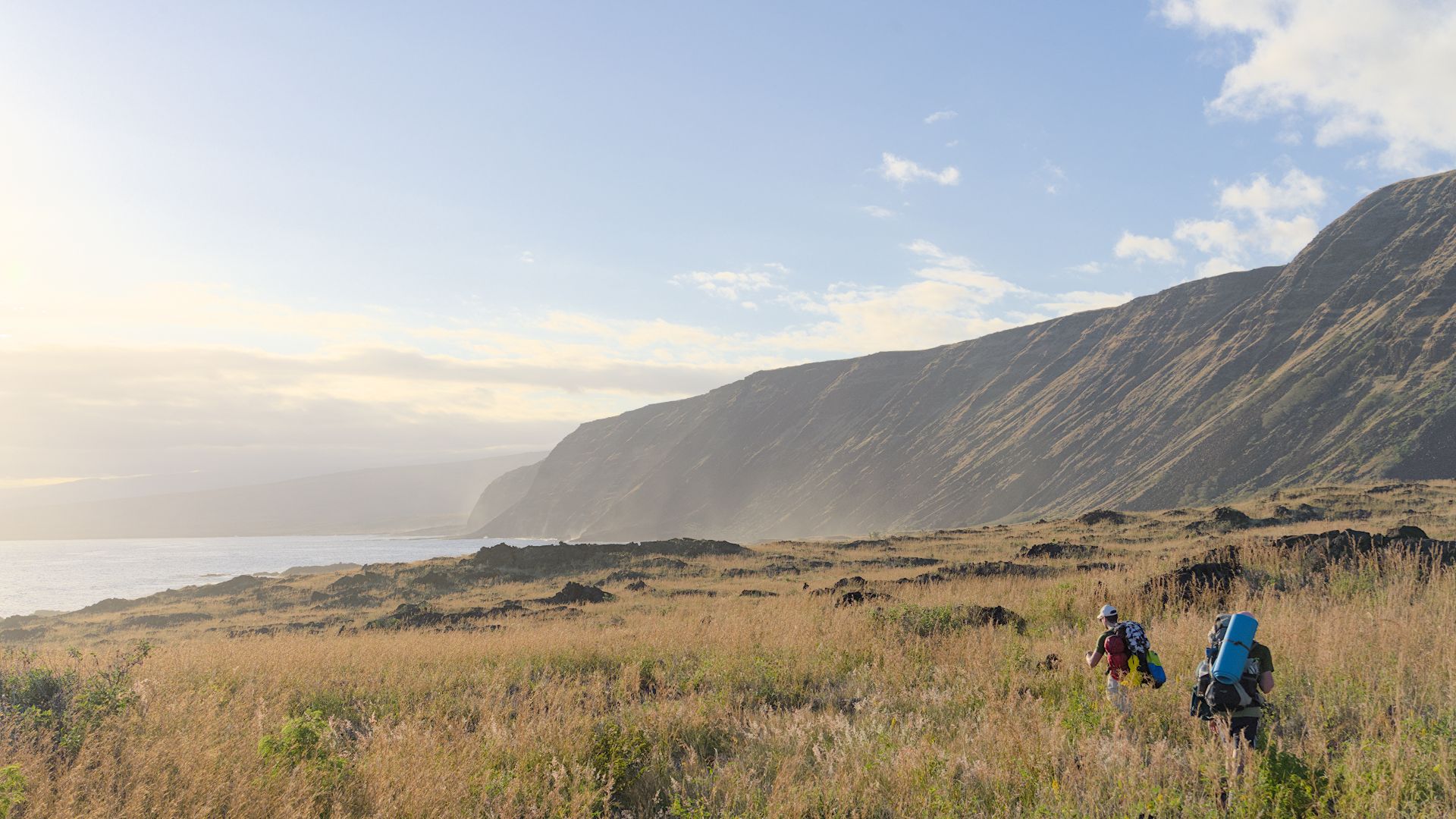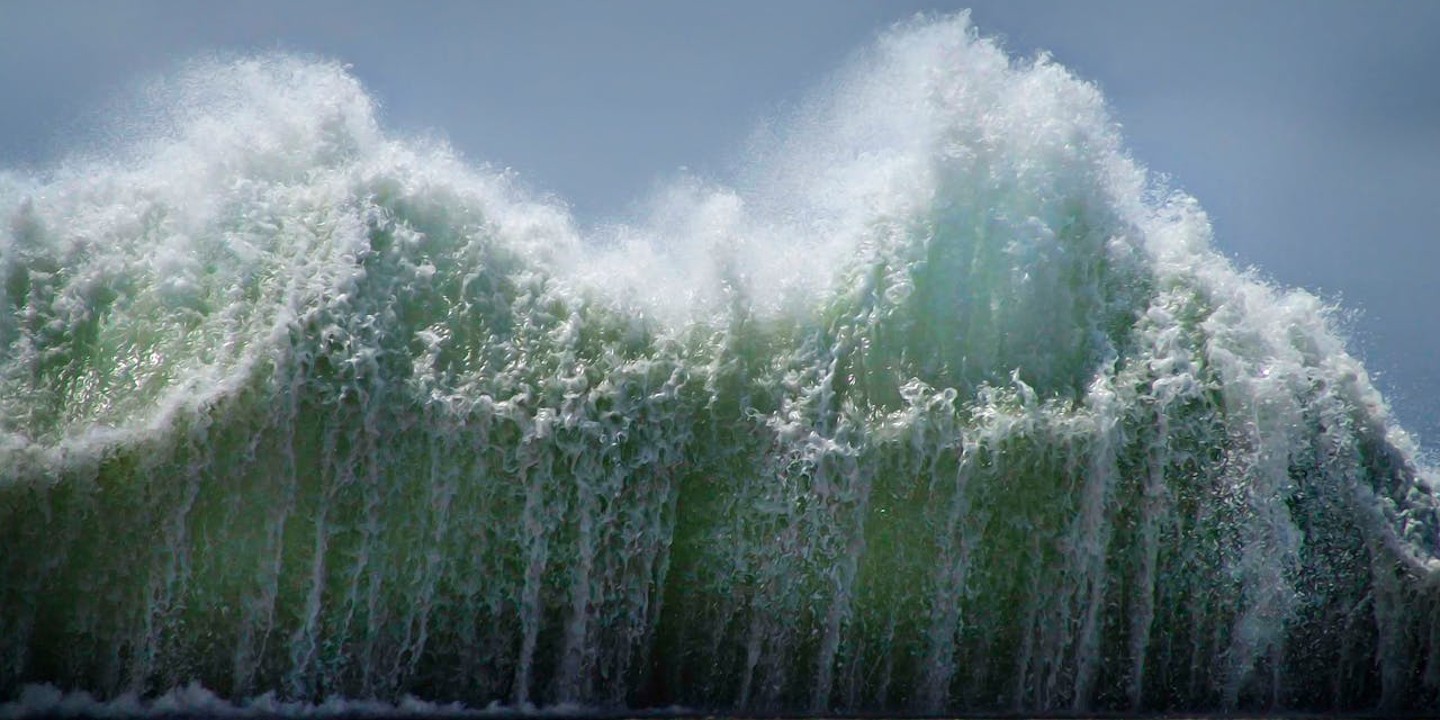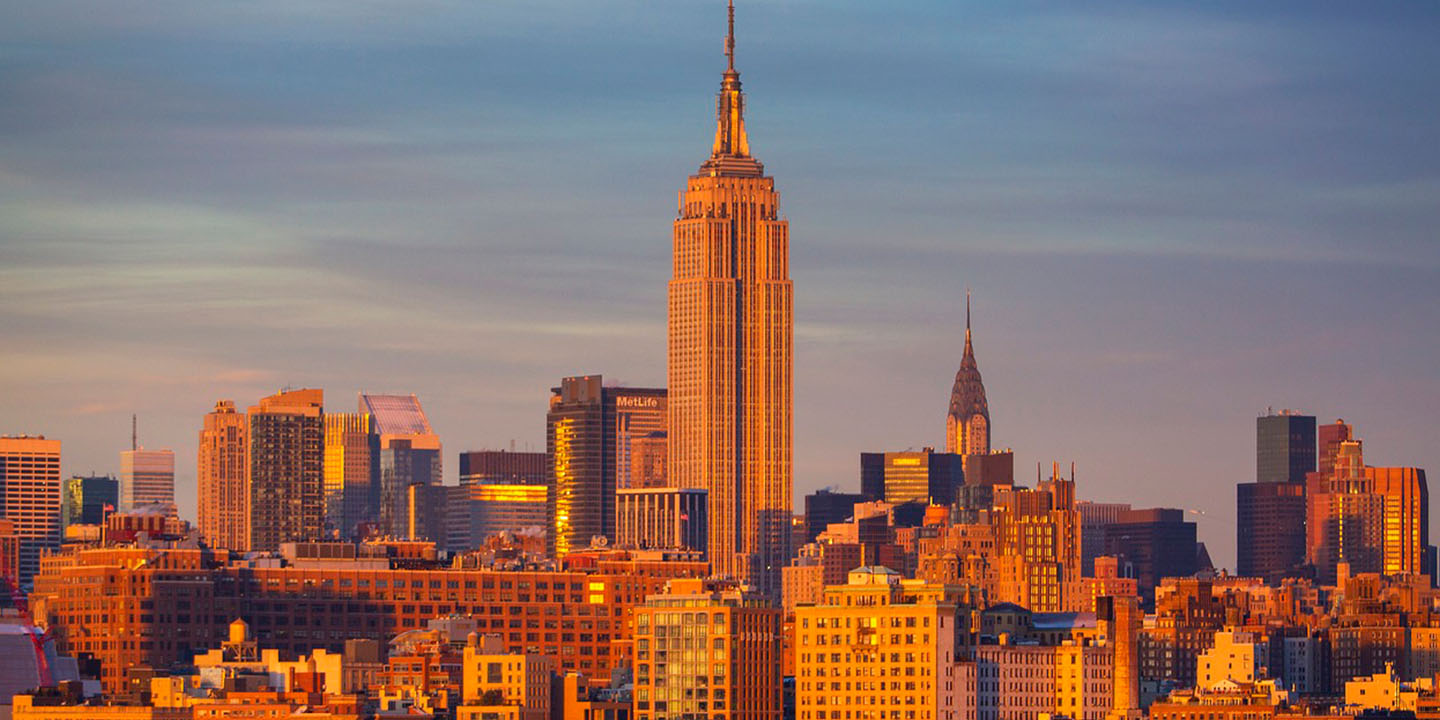North, South, East, And West: 20 National Parks To Visit Across The Edges Of North America
North, South, East, And West: 20 National Parks To Visit Across The Edges Of North America
Grab A Compass And Hit The Road
North America is huge, right? Like really big. So big that most of us won’t experience even a quarter of it if you don’t choose to. But for our backpackers and nature-lovers, the far reaches of this continent offer some of the most pristine, untouched wilderness in the world— just itching to be explored. It’s ready when you are, as long as you’re comfortable traveling by seaplane.
1. Qausuittuq National Park
Known as the “place where the sun doesn’t rise,” Qausuittuq is the most northern of the northern national parks. It’s located on Nunavut’s Bathurst Island, well situated within the Arctic Circle. Here, you can learn about how Inuit communities have survived in this harsh landscape for thousands of years, go on a backcountry adventure, and try to spot the park’s protected animal, the Peary caribou.
2. Aulavik National Park
Aulavik means “place where people travel,” in Invuialuktun. This park is located in Canada’s Northwest Territories on Banks Island, and protects more than 12,000 km² (4,633 mi²) of arctic lowlands. It’s one of Canada’s most isolated parks, but it provides ample paddling, fishing, camping, and hiking activities.
3. Ivvavik National Park
Translated from Inuvialuktun, Ivvavik means “a place for giving birth.” This Yukon-based park was the first to be created as a result of an Indigenous land claim agreement. Alongside hiking, river trips, and camping opportunities, the park also protects birthing grounds for Porcupine caribou.
4. Gates Of The Arctic National Park
The Gates Of The Arctic are located in Alaska, in the northernmost extension of the Rocky Mountains. It protects over 7 million acres of wilderness, making it one of the most protected parkland areas in the world. Here, you can backpack through the wilderness, spend the night in a remote camp-out, fish, kayak, and so much more.
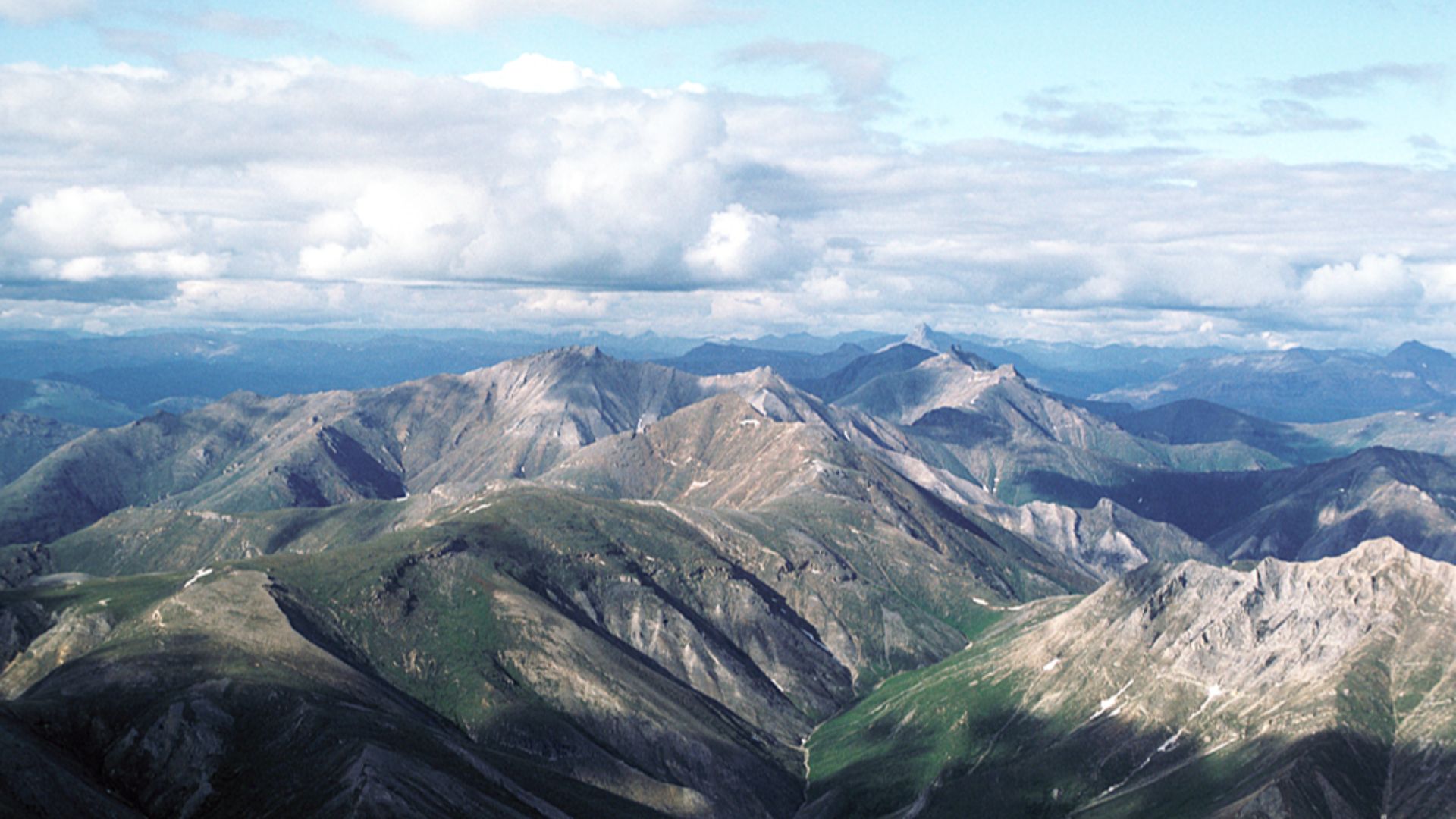 U.S. Fish and Wildlife Service on Wikimedia
U.S. Fish and Wildlife Service on Wikimedia
5. Tuktut Nogait National Park
This park is located within the Northwest Territories, stretching across 18,890 km² (7,293 mi²). It protects a section of the Tundra Hills Region and contains three major rivers. Like most of these northern national parks, you can reach it by floatplane. Paddle the Hornaday River, hike the rolling hills, or camp in the vast Canadian wilderness.
6. Huatulco National Park
This national park stretches across 29,400 acres of south-western Mexico. It contains over 9,000 species of plants, over 1,000 different animal species. Here, you can enjoy the crystal clear water of the Pacific Ocean, hike the Sicariu Trail, or visit the Magic Waterfalls.
7. Virgin Islands National Park
Located on the island of St John, this national park is all about preservation. Here, you can learn about the history of enslaved peoples who populated this island until 1848, take a peek at the sea turtle nesting grounds, or spend your day on the ocean.
8. Dry Tortugas National Park
This national park is located 70 miles (113 km) west of Key West, Florida. It spans 100 mi² (259 km²), containing several small islands within. This park is home to Fort Jefferson, catamaran day trips, and the opportunity to get some much-needed R&R.
9. Cabo Pulmo National Park
This park is located on the east coast of Mexico’s Baja California Peninsula, spanning around 100 km (62 miles) of land. It protects the three oldest coral reefs in North America’s west coast, and was recognized as a World Heritage Site in 2005. Here you can snorkel, scuba dive, sport fish, or participate in land and sea tours.
10. Big Bend National Park
This park is located in the southwestern part of Texas and stretches well into Mexico. Its desert landscape is rich in fossils and dinosaur bones, and is rich in thousands of years of culture. Here, you can hike the Comanche Trail, visit the site of La Harmonia, or take a scenic backpacking trip into the remote wilderness.
11. Mealy Mountains National Park
This national park reserve is located in Labrador and allows you to experience mountains, marine coasts, and boreal forests in a single visit. The park’s traditional names are Akami-Uapishkᵁ, both meaning mountain in Innu and Labrador Inuit communities.
12. Terra Nova National Park
Considered Canada’s most eastern national park, Terra Nova is situated on the island of Newfoundland. It has over 80 km (50 miles) of hiking trails, a dark sky preserve, and excellent camping opportunities.
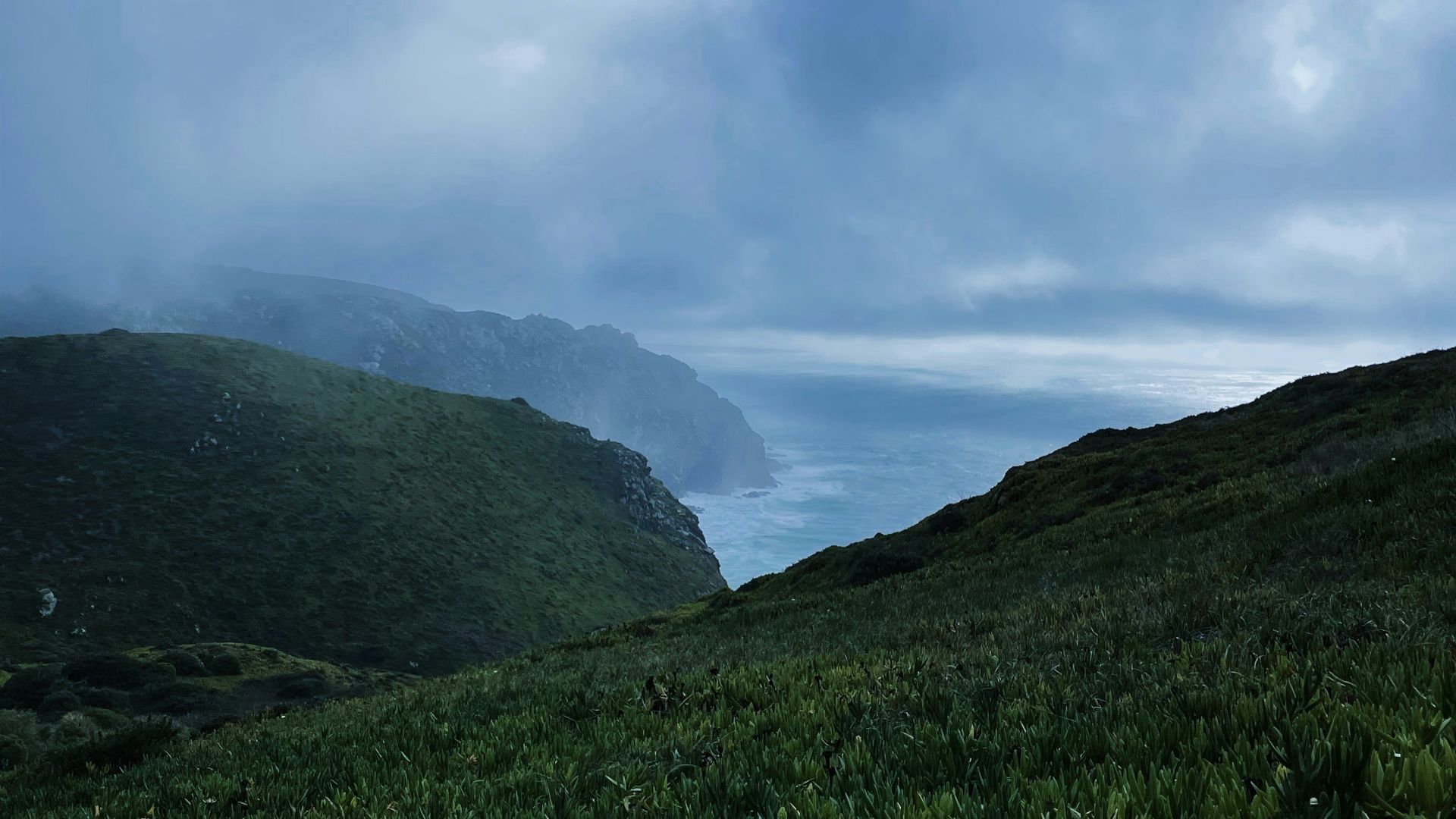 Yelizaveta Nikolich on Unsplash
Yelizaveta Nikolich on Unsplash
13. Sable Island National Park
This small island is located 290 km (180 miles) southeast of Halifax, and is a part of “The Graveyard of the Atlantic.” Here, you can hike the beaches and dunes of the island, help to monitor the island’s coastal change, or visit in winter to see its population of grey seals.
14. Shenandoah National Park
This park is located 75 miles (121 km) outside of Washington, D.C, and is home to over 200,000 acres of protected lands. It contains over 500 miles of hiking trails, ample backcountry trip opportunities, or visit many of the land’s historic sites.
15. Congaree National Park
Located in South Carolina, this park is home to some of the USA’s oldest hardwood forests. Here, you can camp, fish, hike, or paddle the Congaree River Blue Trail, a 50-mile (80 km) recreational trail that takes you from SC’s capital, Columbia, into the park proper.
16. Katmai National Park
Katmai National Park is located at the top of Alaska’s peninsula. It was established in 1918 as a way to protect the regions of Novarupta and the Valley of Ten Thousand Smokes, while today it also protects a dense population of salmon, brown bears, and nearly 10 thousand years of human history.
17. Redwood National Park
This gorgeous national park is located in California and is home to some of the world’s largest trees. You can camp, hike, drive, or dive into the park’s heritage, as it also contains various cultural sites like Radar Station B-71, the Prairie Creek Fish Hatchery, and Lyons Ranch.
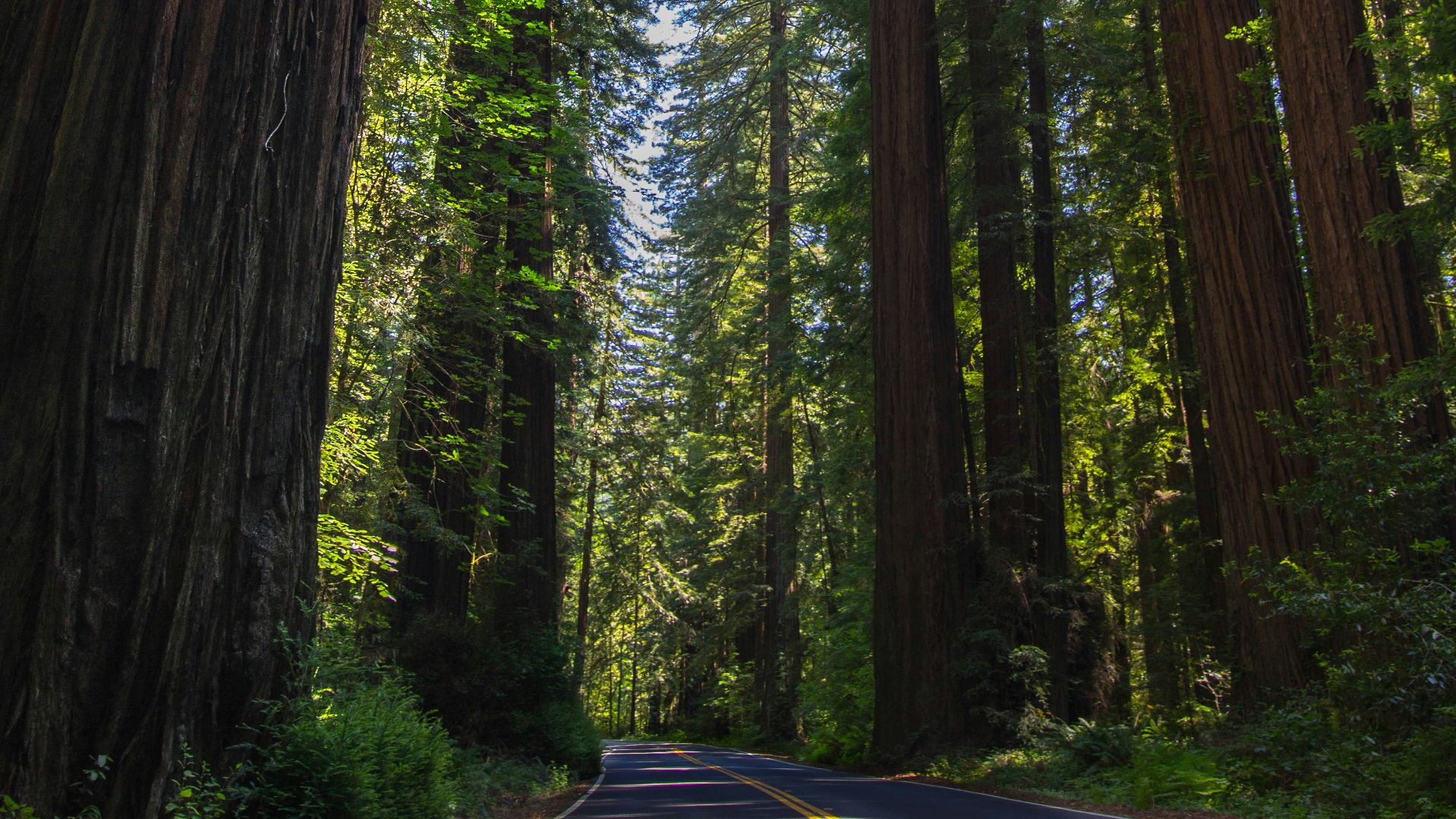 Maria Jose Oyarzun on Unsplash
Maria Jose Oyarzun on Unsplash
18. Channel Islands National Park
This park is located off the coast of California, just a few hours north of Los Angeles. It encompasses a total of 5 islands, and is home to some of the most unique and well-preserved areas on earth.
19. Saguaro National Park
Located in western Arizona, this national park protects a large section of the Sonoran Desert. It is considered one of the most biologically diverse deserts in North America, boasting cacti that are over 200 years old. Here, you can spend time on over 170 miles (273 km) of hiking trails, take a scenic drive, or visit the park’s museum.
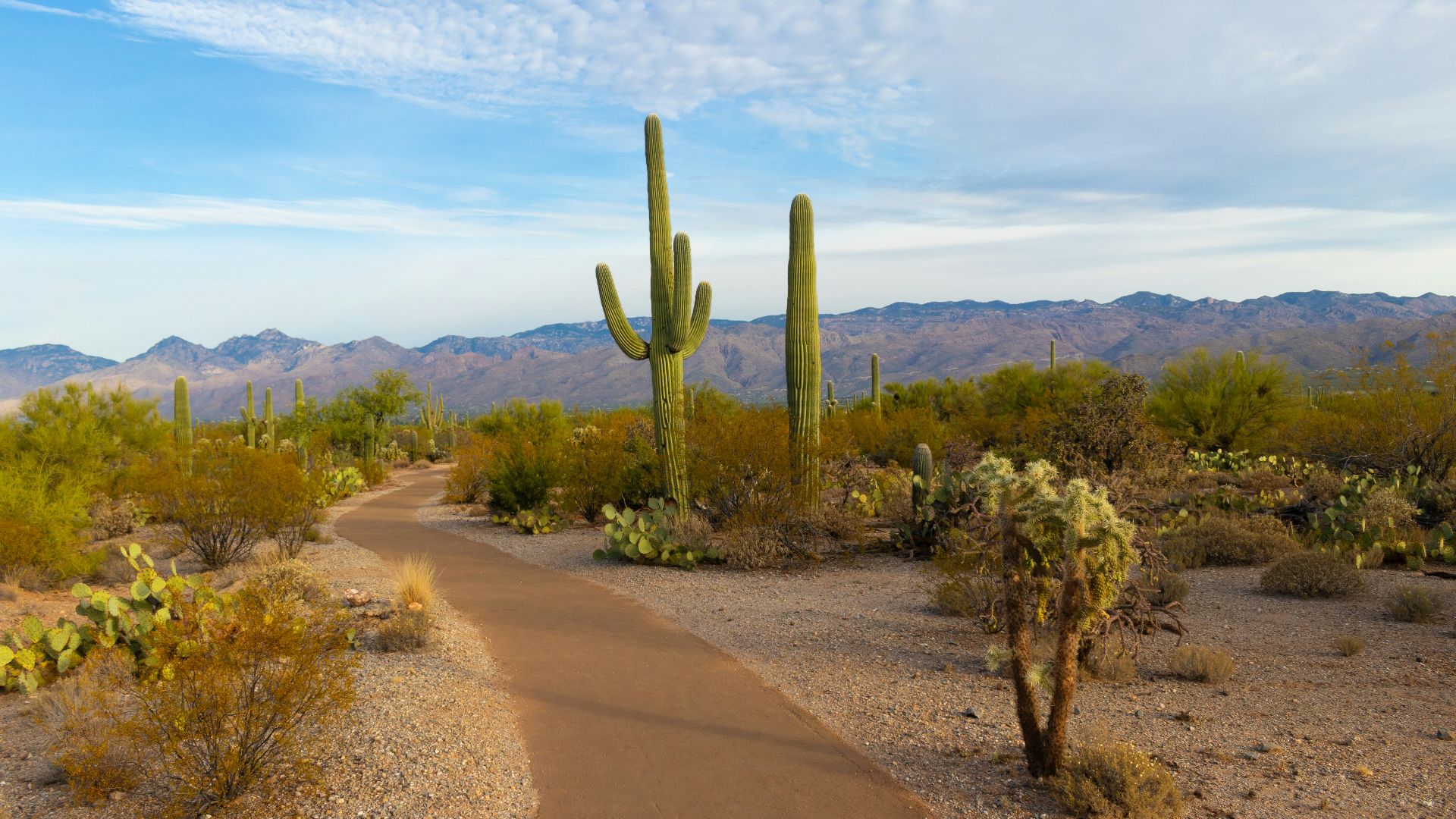 Christoph von Gellhorn on Unsplash
Christoph von Gellhorn on Unsplash
20. Hawai’i Volcanoes National Park
Considered one of North America’s westernmost national parks, Hawai’i Volcanoes protects Kïlauea and Mauna Loa, two of the world’s most active volcanoes. Here, you can take in a show of a volcano erupting, participate in a day of backcountry hiking, or do one of their two drive tours.



